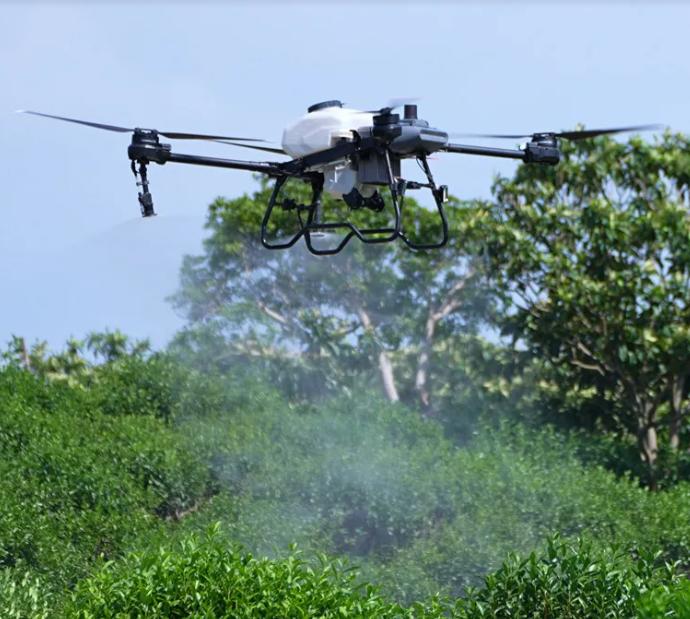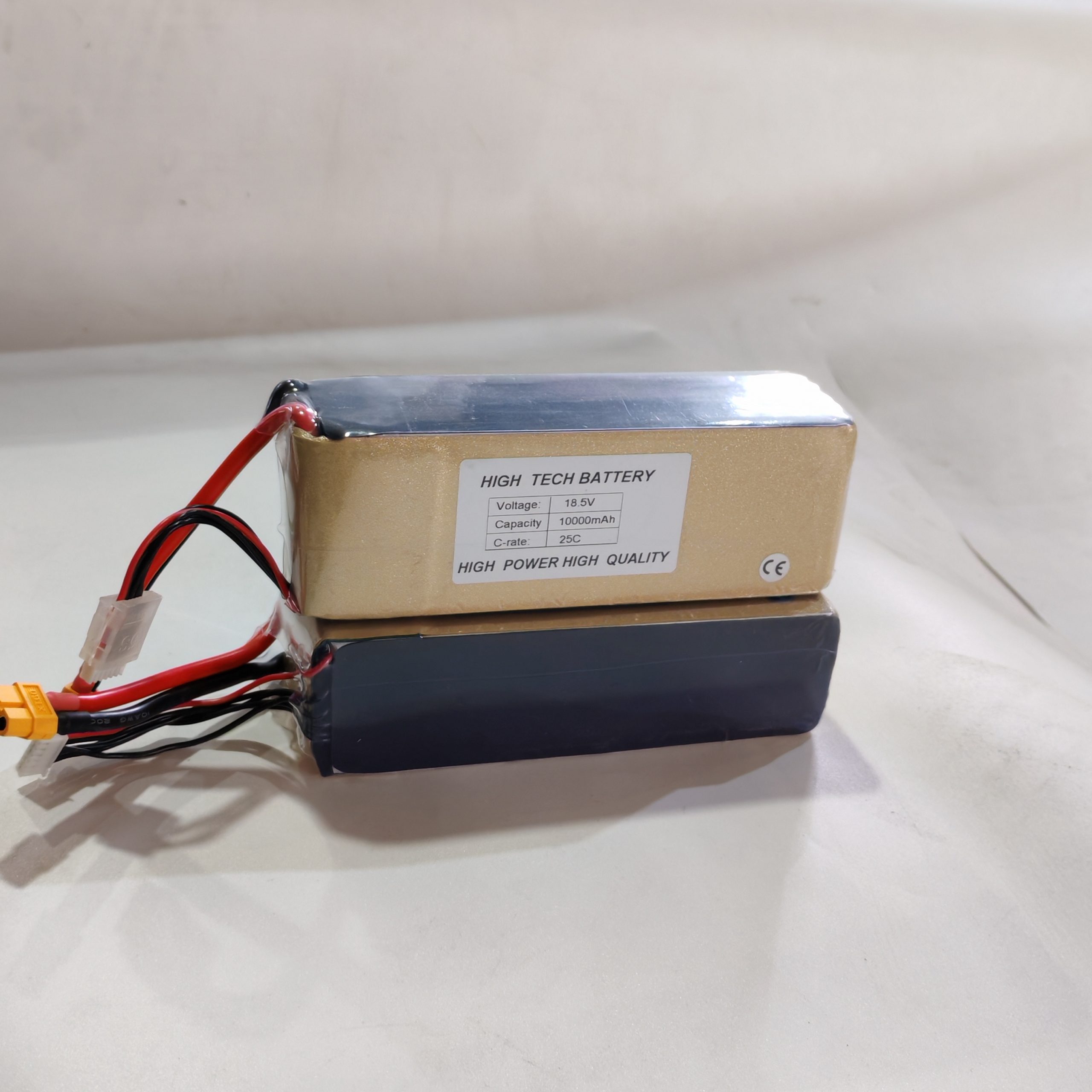Categorie
- Il nostro blog (54)
- I nostri progetti (59)
- FAQ (6)
**Comprensione delle batterie al litio UAV: Classificazione e applicazioni**
Le batterie agli ioni di litio sono la centrale elettrica dei moderni droni, fornendo la densità di energia necessaria, Proprietà leggere, e ricarica richiesta per i veicoli aerei senza pilota (UAVS). però, Non tutte le batterie al litio sono le stesse: chimiche e progetti diversi soddisfano le diverse esigenze e le applicazioni delle prestazioni.

In questo articolo, esploreremo i principali tipi di batterie al litio utilizzate nei droni, le loro caratteristiche chiave, e le applicazioni più adatte per ciascuno.
Panoramica
Polimero di litio (LiPo) le batterie sono la scelta più comune per i droni consumer e commerciali grazie alla loro elevata densità di energia, flessibilità nella forma, e capacità di fornire tassi di scarico elevati.
Caratteristiche principali
– Tasso di scarico elevato (Classificazione C): Supporta una rapida erogazione di potenza, cruciale per droni agili e applicazioni ad alte prestazioni.
– Leggero & Imballaggio flessibile: Può essere modellato in varie forme, rendendoli ideali per progetti di droni compatti.
– Durata della vita moderata: Dura in genere 300-500 cicli di carica prima di un significativo degrado della capacità.
Applicazioni
– Droni di consumo (per esempio., DJI Mavic, Droni FPV)
– Droni da corsa (grazie all'elevata potenza di scoppio)
– Fotografia aerea & Videografia

Panoramica
Ioni di litio (Li-Ion) le batterie offrono una densità di energia maggiore rispetto alle batterie LiPo ma con velocità di scarica inferiori. Sono preferiti per le missioni di lunga durata in cui l'efficienza del peso è fondamentale.
Caratteristiche principali
– Maggiore densità energetica : Fornisce tempi di volo più lunghi rispetto alle batterie LiPo dello stesso peso.
– Tasso di scarico più basso: Non adatto per applicazioni ad alta potenza ma eccellente per applicazioni costanti, uso prolungato.
– Durata della vita più lunga: Può sopportare 500–1.000 cicli di ricarica.
Applicazioni
– Droni di sorveglianza a lungo raggio
– Mappatura & Rilievo degli UAV
– Droni per le consegne (per esempio., Amazon Prime Air, Ala di Alphabet)
Panoramica
Litio ferro fosfato (LiFePO4) le batterie sono note per la loro sicurezza, stabilità termica, e ciclo di vita lungo, rendendoli ideali per applicazioni di droni industriali e pesanti.
Caratteristiche principali
– Sicurezza migliorata:Resistente alla fuga termica, riducendo i rischi di incendio.
– Durata del ciclo lungo: Può durare 2,000 cicli di carica.
– Densità energetica inferiore: Più pesante delle batterie LiPo e Li-Ion, limitare l’uso nei droni sensibili al peso.
Applicazioni
– Droni per ispezione industriale (per esempio., monitoraggio delle linee elettriche)
– Droni agricoli (spruzzatura, monitoraggio delle colture)
– Militare & UAV di risposta alle emergenze
Panoramica
Titanato di litio (LTO) le batterie sono di nicchia ma offrono una ricarica ultraveloce, tolleranza estrema alla temperatura, e una durata eccezionalmente lunga.
Caratteristiche principali
Ricarica rapida: Può ricaricarsi in pochi minuti, riducendo i tempi di inattività.
– Ampio intervallo di temperature: Si comporta bene in condizioni di freddo o caldo estremi.
– Bassa densità energetica: Più ingombrante delle altre batterie al litio.
Applicazioni
– Taxi con droni & Velivolo eVTOL (dove la rapidità di risposta è fondamentale)
– Droni per la ricerca artica/antartica
– Flotte di droni commerciali ad alto ciclo
Conclusione
La scelta della batteria al litio giusta per un drone dipende dal caso d'uso specifico:
– *LiPo*per prestazioni elevate, droni agili.
– *Li-Ion* per missioni di lunga durata.
– *LiFePO4* per applicazioni industriali critiche per la sicurezza.
– *LTO* per ambienti estremi e necessità di ricarica rapida.
Comprendere queste differenze garantisce prestazioni ottimali, sicurezza, ed efficienza in termini di costi nelle operazioni con droni.
Per ulteriori informazioni o per effettuare un ordine, Visita il nostro sito Web o contatta il nostro team di vendita oggi!
Mobile / WhatsApp / Wechat: +86 13603880312
E-mail: info@lythbattery.com